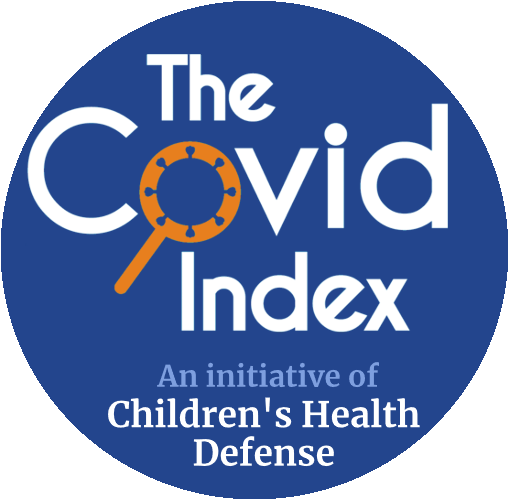“Abstract
Background and Aims: The most restrictive nonpharmaceutical interventions (NPIs) for controlling the spread of COVID-19 are mandatory stay-at-home and business closures. Given the consequences of these policies, it is important to assess their effects. We evaluate the effects on epidemic case growth of more restrictive NPIs (mrNPIs), above and beyond those of less-restrictive NPIs (lrNPIs)...
2 Methods
We isolate the effect of more restrictive NPIs (mrNPIs) by comparing the combined effect size of all NPIs in 8 countries that implemented more restrictive policies ... with the effect size of all NPIs in the 2 countries that only implemented less-restrictive NPIs (lrNPIs)...
4 Discussion
In the framework of this analysis, there is no evidence that more restrictive non-pharmaceutical interventions (‘lockdowns’) contributed substantially to bending the curve of new cases in England, France, Germany, Iran, Italy, the Netherlands, Spain, or the United States in early 2020...
The direction of the effect size in most scenarios points towards an increase in the case growth rate... In other words, it is possible that stay-at-home orders may facilitate transmission if they increase person-to-person contact where transmission is efficient such as closed spaces...
The data cannot fully exclude the possibility of some benefits. However, even if they exist, these benefits may not match the numerous harms of these aggressive measures.”
© 2020 The Authors. European Journal of Clinical Investigation published by John Wiley & Sons Ltd on behalf of Stichting European Society for Clinical Investigation Journal Foundation.
This is an open access article under the terms of the Creative Commons Attribution-NonCommercial License, which permits use, distribution and reproduction in any medium, provided the original work is properly cited and is not used for commercial purposes.
